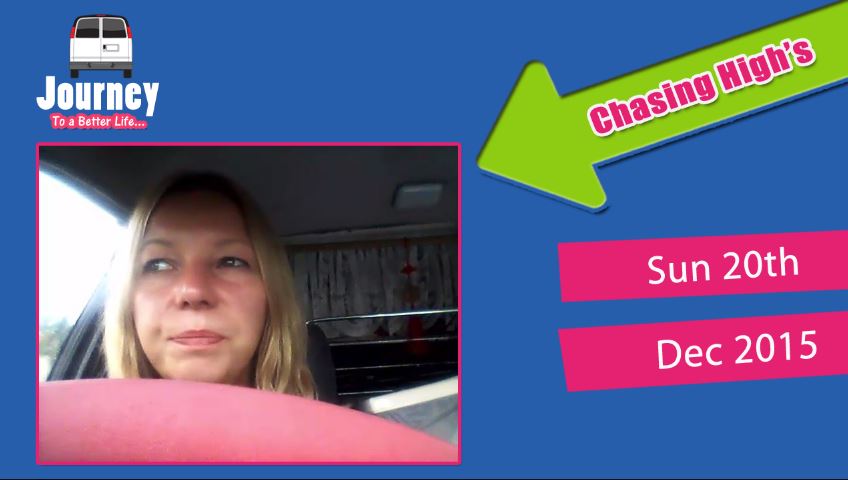Psycho-Cybernetics

Psycho-Cybernetics was one of the most +1 recommended books in a forum post I read recently where someone was asking for advice on what to read to get into the right mindset. I was really surprised by how many people said that this book changed their lives, especially considering the age of it.
But today I found someone’s “notes” from the book and I can see that it’s a book about understanding psychology and self-image and how to attain what you want through visualization. While on the ‘hunt’ for information about this book, I also read many people’s blog posts about how they had applied the books principals to change their lives for the better (quit smoking, lose weight, become wealthy, travel the world) and so on.
Here are a couple of “my notes” from “the notes that I found”.. and obviously I intend on buying and reading the book in full. There seems to be several versions of the book that I can get:
- Psycho-Cybernetics, A New Way to Get More Living Out of Life – 1989 (paperback)
- New Psycho-Cybernetics – 2002 (paperback)
- The New Psycho-Cybernetics – 2002 (audiobook)
- The New PsychoCybernetics – 1988 (audio cd)
- Psycho Cybernetics 2000 – 1996 (paperback)
- Psycho-Cybernetics – 1967 (paperback)
- Psycho Cybernetics Revised Edition – 1999 (hard cover)
And probably a lot more if I scour more sources (the above was from Amazon.com)
Anyway, my “important notes” below:
Psycho-Cybernetics notes Maxwell Maltz 1960
Key Practical Points
- Understand the basic psychology of mental imagery first.
- You get what you put in. Put your heart into what you picture and work systematically and with self-discipline and focus.
- Work on your self-image as often as you can; ideally, at least 10 min. per day for 2 weeks.
- Verbalisation greatly enhances visualisation. Discuss your image with others, write down the details each day in a journal, mentally describe it as you meditate on the details.
- Everyone can do it. Worry is negative mental rehearsal. If you can worry you can goal visualise. Turn the problem-focus into solution-focus, the negative into a positive.
- If you are a beginner, persevere. It gets easier to visualise after the first few stages of your practice.
Self-Image = Goal-Image
Your self-image fundamentally provides your brain with direction.
Building Belief in your Goal
- “Just suppose…”
Begin simply by exploring the idea of your goal. Refining it’s implications and consequences. Define what you want to happen. - “It’s possible this could happen.”
Remind yourself that it is possible, continually reinforce your focus on the fact that it could happen, feeling that it is a realistic possibility. - Picture goal “as if” it is happening now.
Picture your goal as happening right now, picture it over and over again, strengthening it, and adding more detail. Build belief by telling yourself that it will happen.
Words build Pictures
Very important: Verbalization is the key to strong visual imagery!
- Share your dreams, tell others about your vision of the future.
- Write down the details in your journal.
- Describe your goals to yourself as you simultaneously picture them.
Frequency of Practice.
A normal goal visualization programme would be 10-20 min. per day for roughly 2 weeks.
You will get back what you put in.
If you really want to achieve a goal you might decide to throw yourself wholes into the process and picture your goal with all your heart in every spare waking moment for as long as it takes to get there.
Depression vs. Visualization.
Depressed clients typically find it difficult to picture their goals.
Realising that you are speaking the wrong language when you communicate with yourself is the first step in changing negative behaviour and improving your internal rapport, your relationship with yourself.
Problem vs. Solution Focus
People are motivated either by pain or by pleasure, aversion or desire. We either focus on the pain of what we are trying to get away from, or on the pleasure of what we are trying to get to.
Unfortunately, when we focus on negative images, we tend to feel weaker and more distressed, this prevents us from taking action to resolve the situation.
- Turn the negative into a positive, turn the problem-focus into solution-focus.
Problem-focus breeds despair, solution-focus provides hope and energy, even in the most challenging situations.
Remember: you don’t need to know what the solution is in order to focus on the search for it. Where there’s a will, there’s a way.
Maltz, Maxwell ‘Psycho-Cybernetics’
Related Links:

Site Notifications/Chat:
- Telegram Post Updates @JourneyToABetterLife (channel)
- Telegram Chatroom @JourneyBetterLifeCHAT (say hi / share info)
- Gettr Post Updates @chesaus (like fakebook)
Videos:





